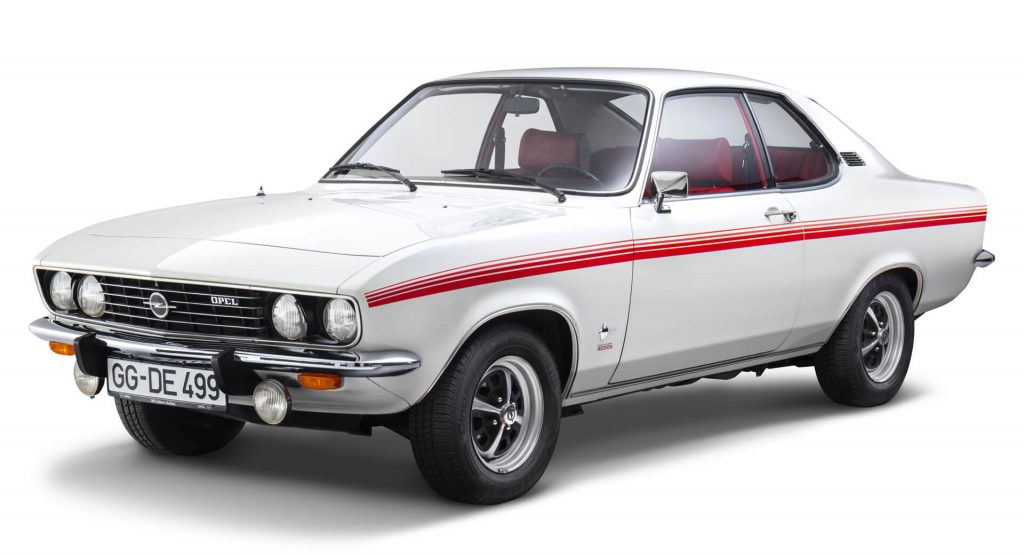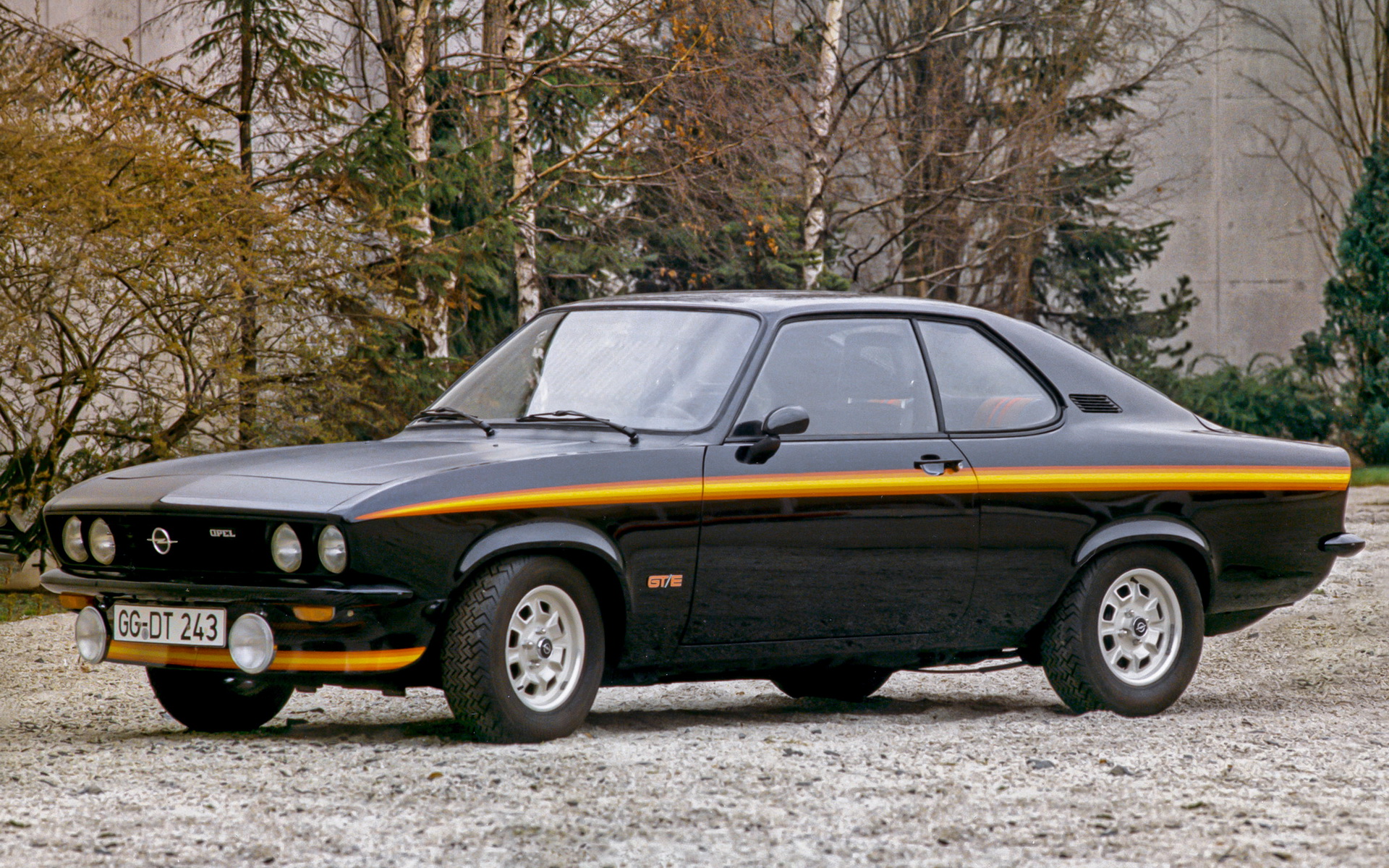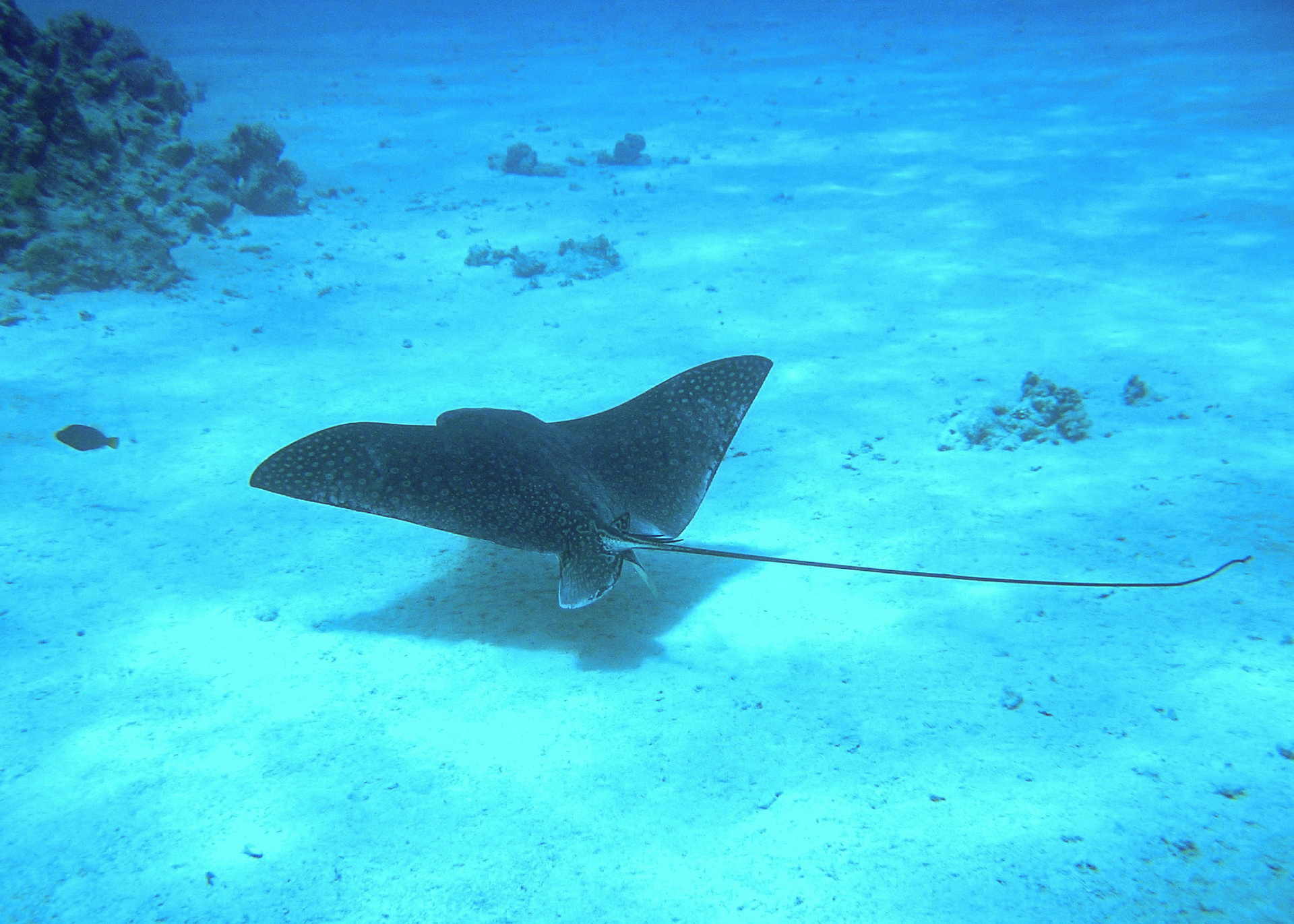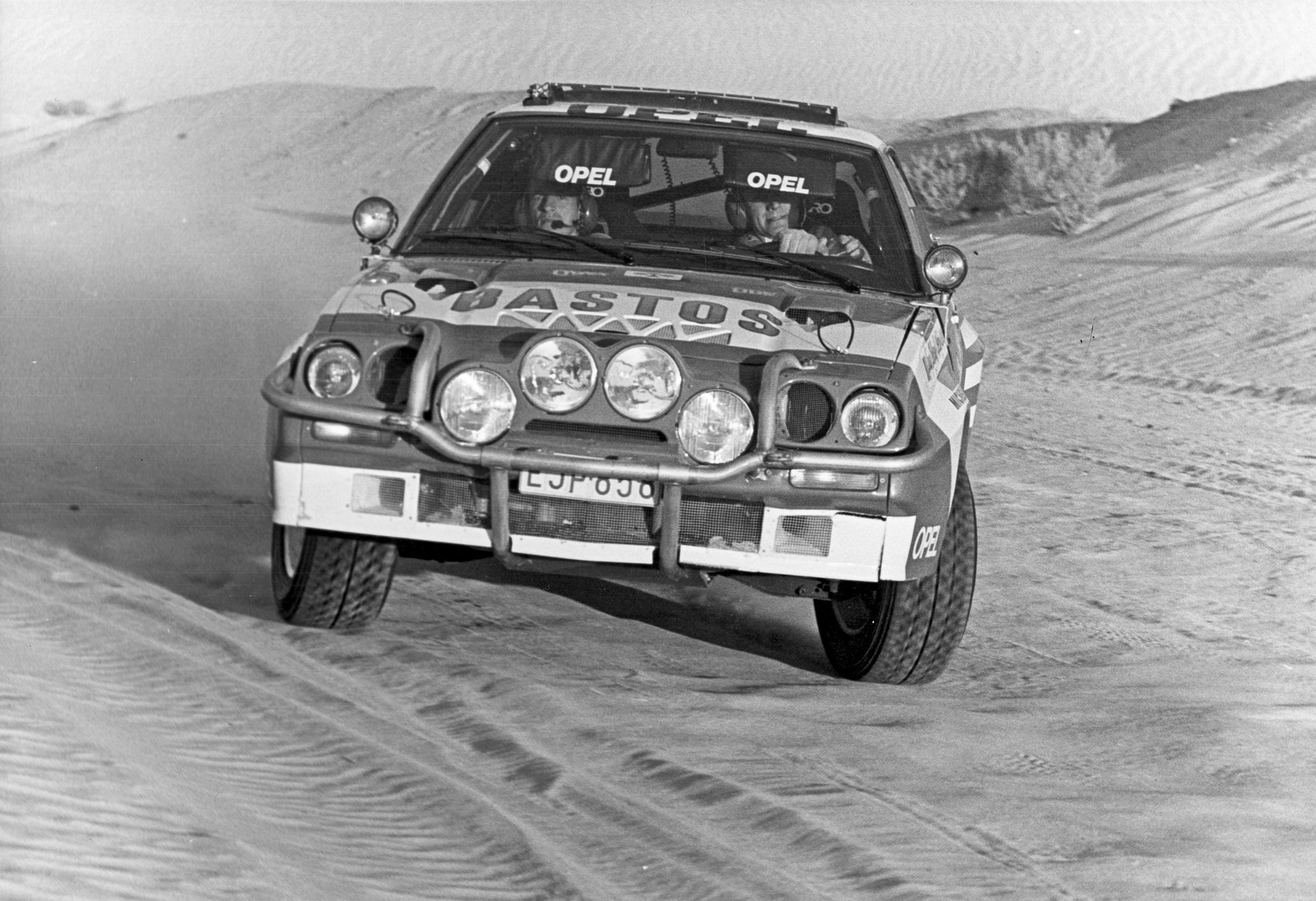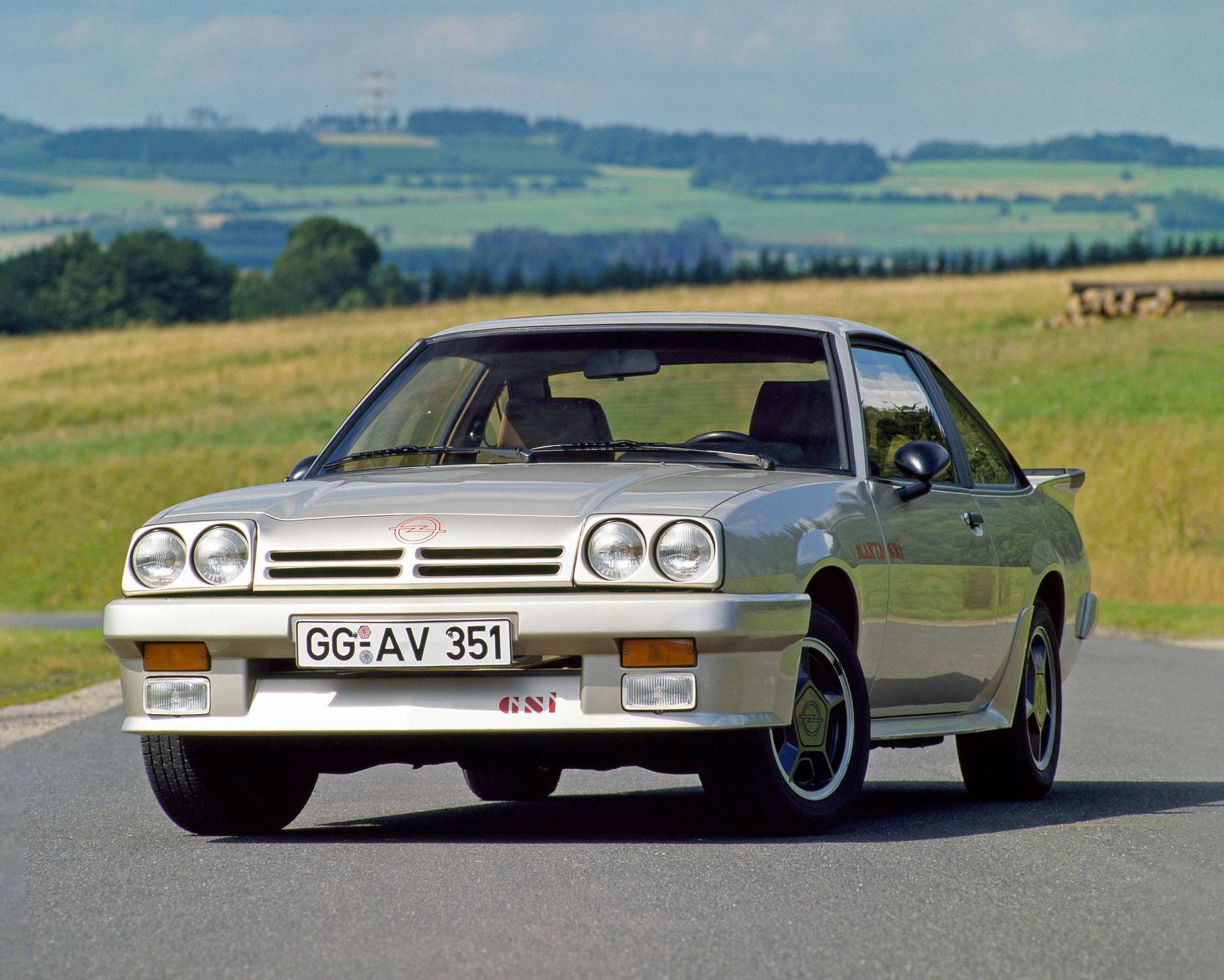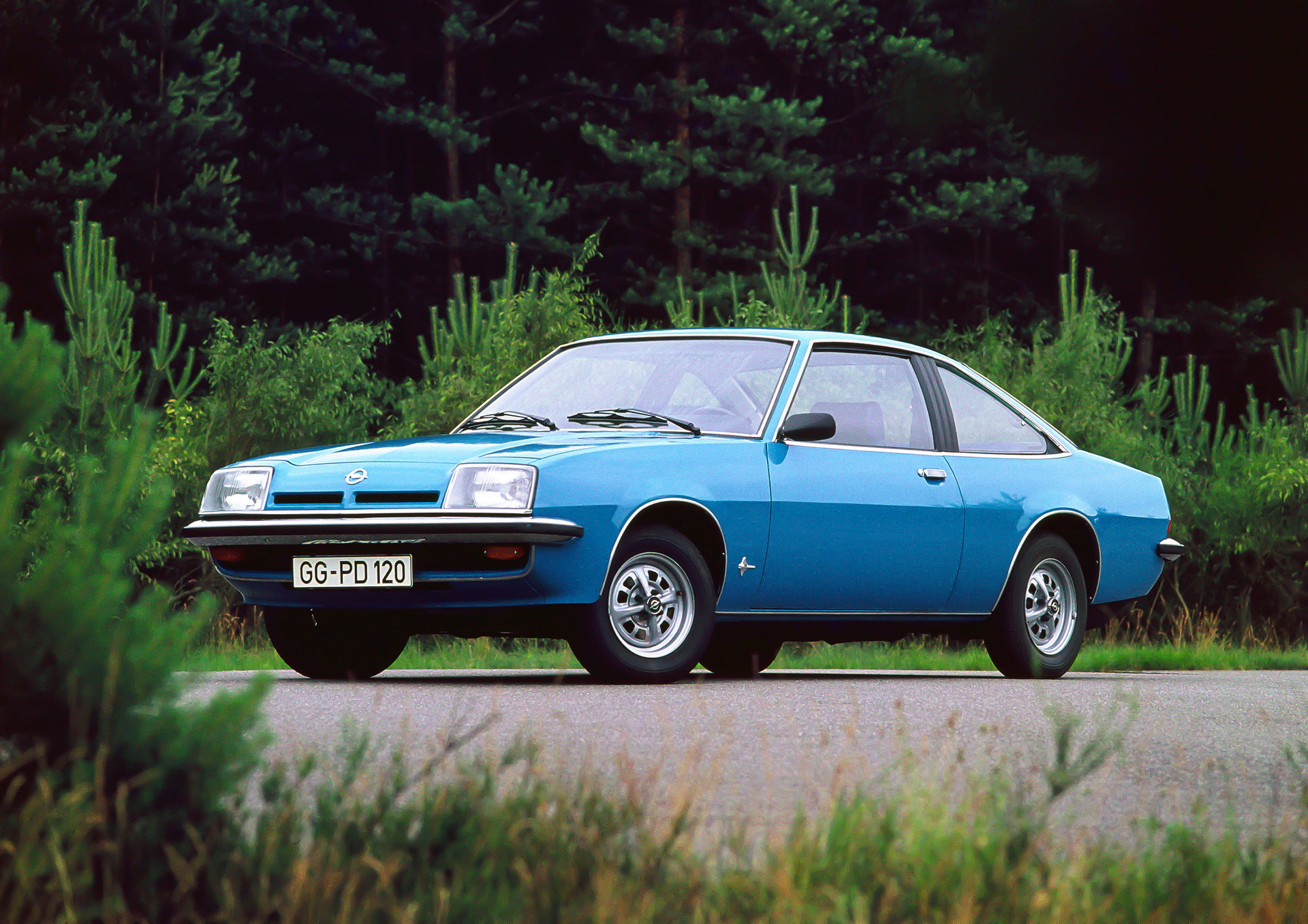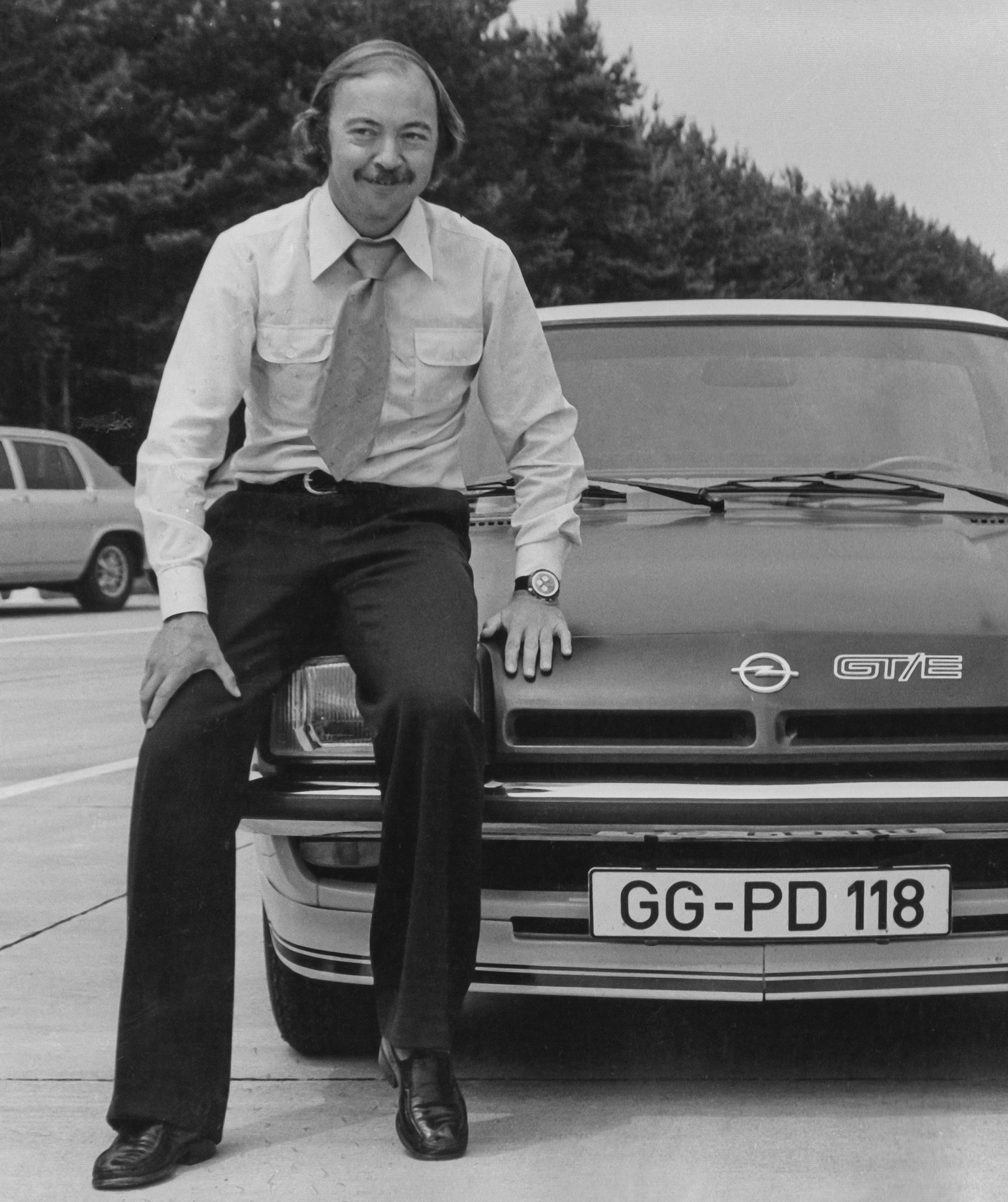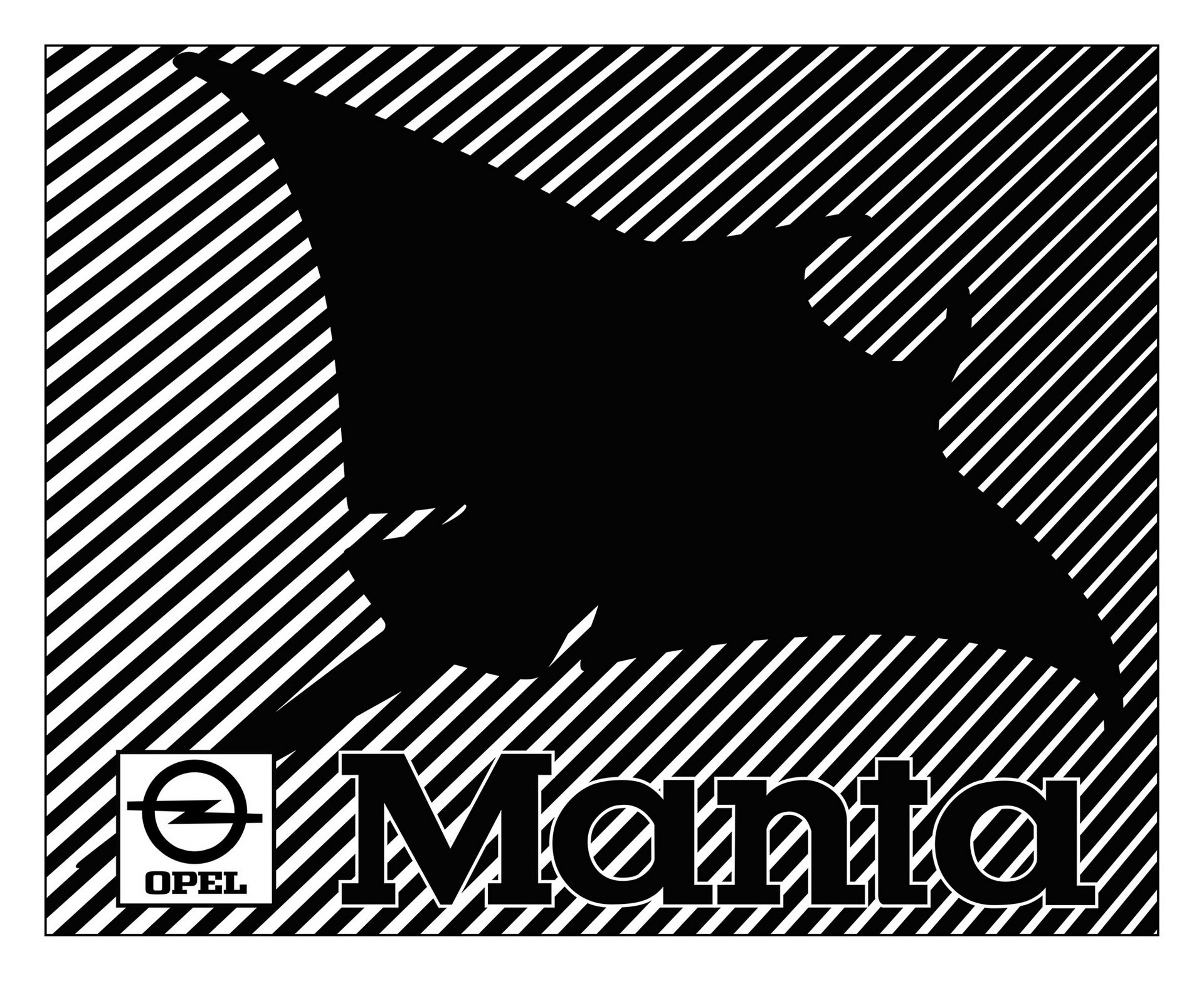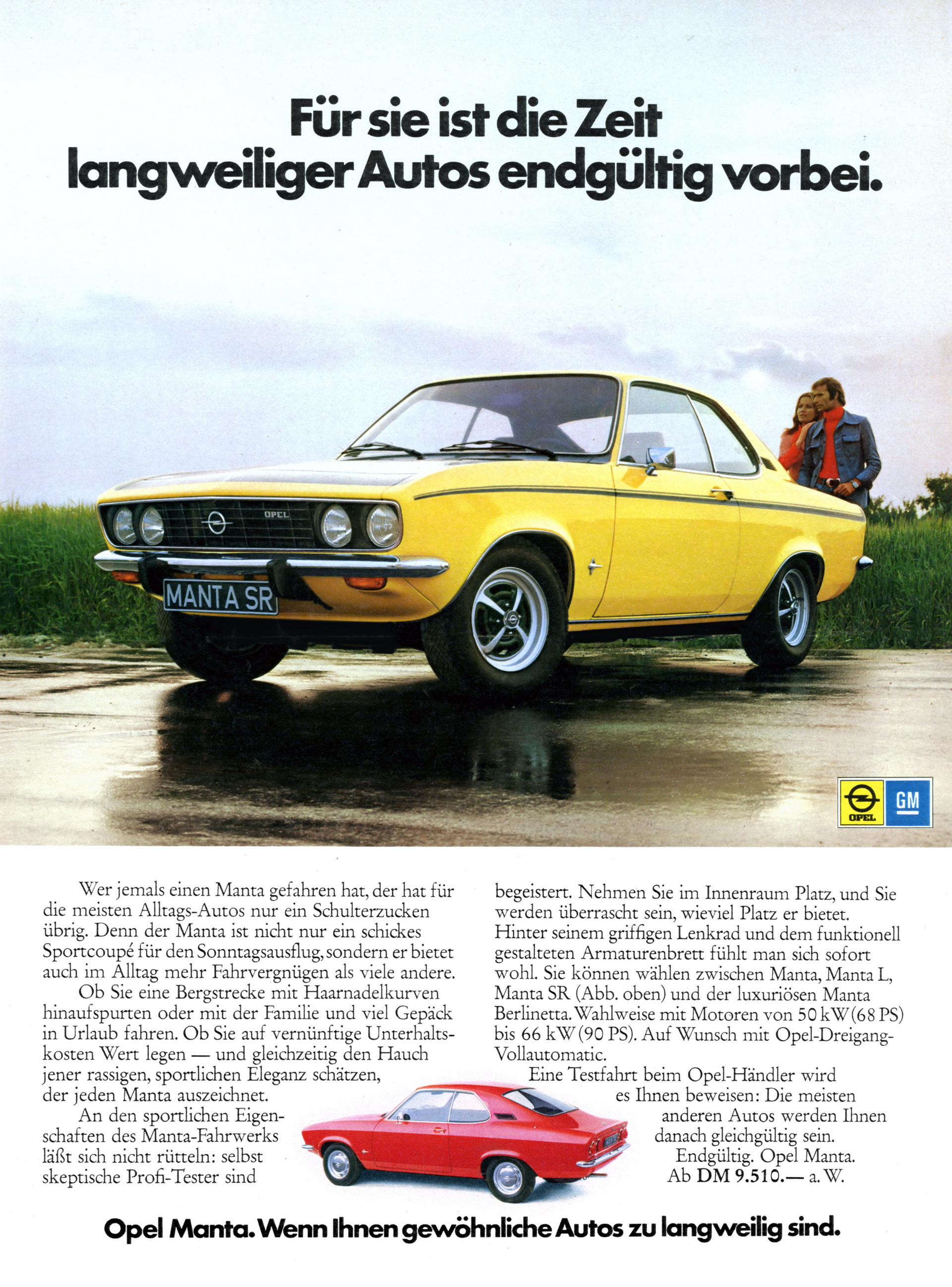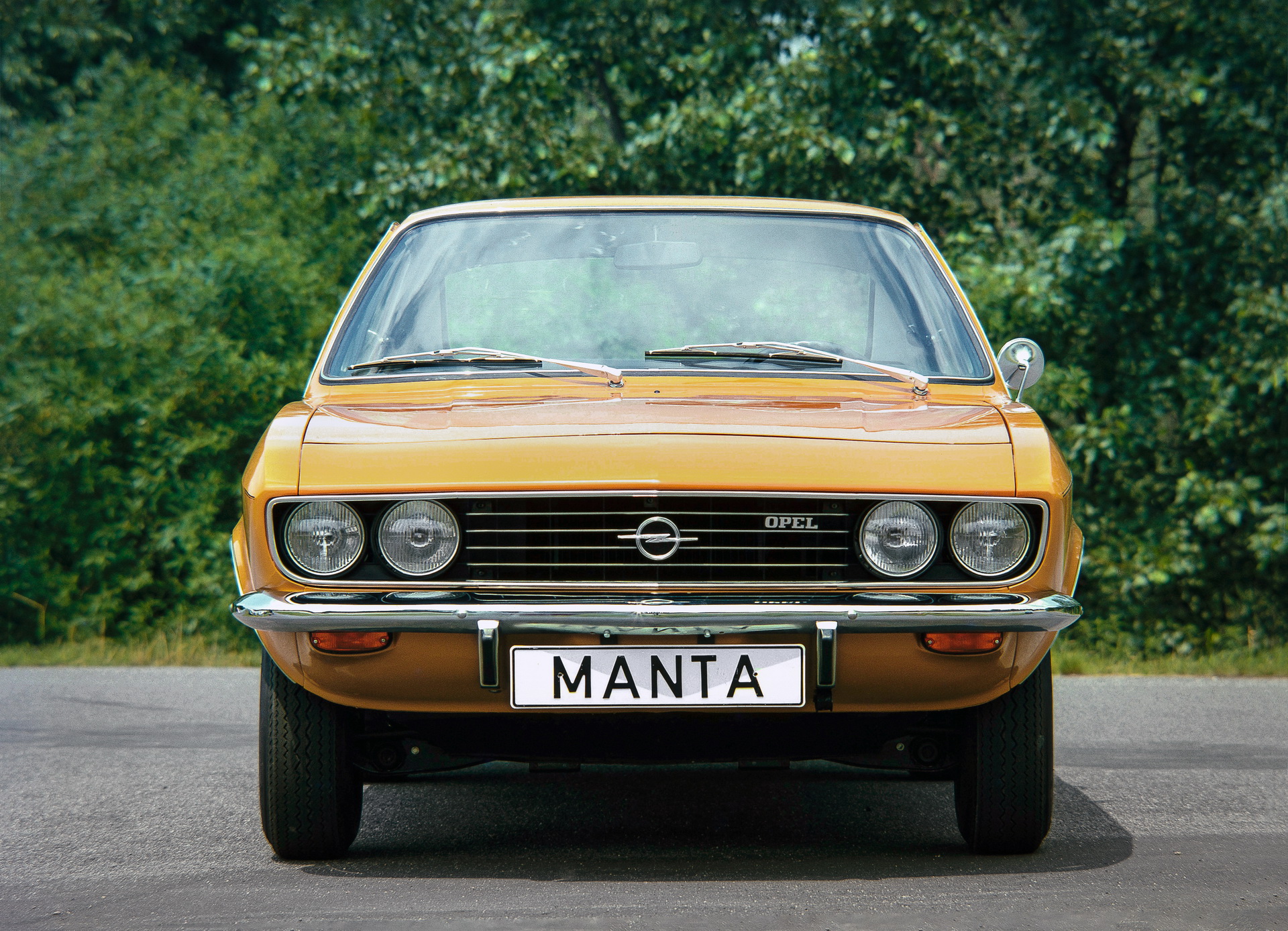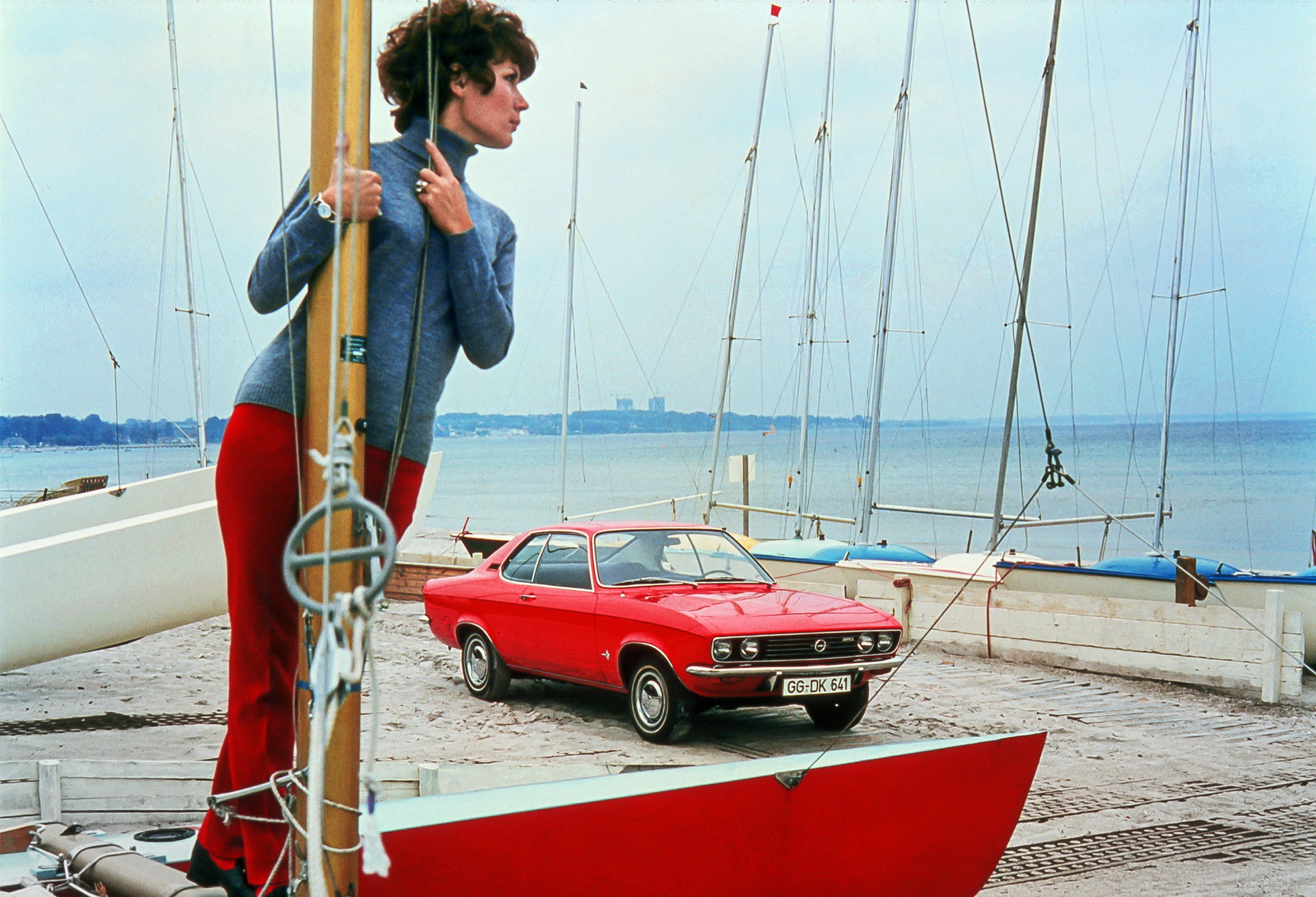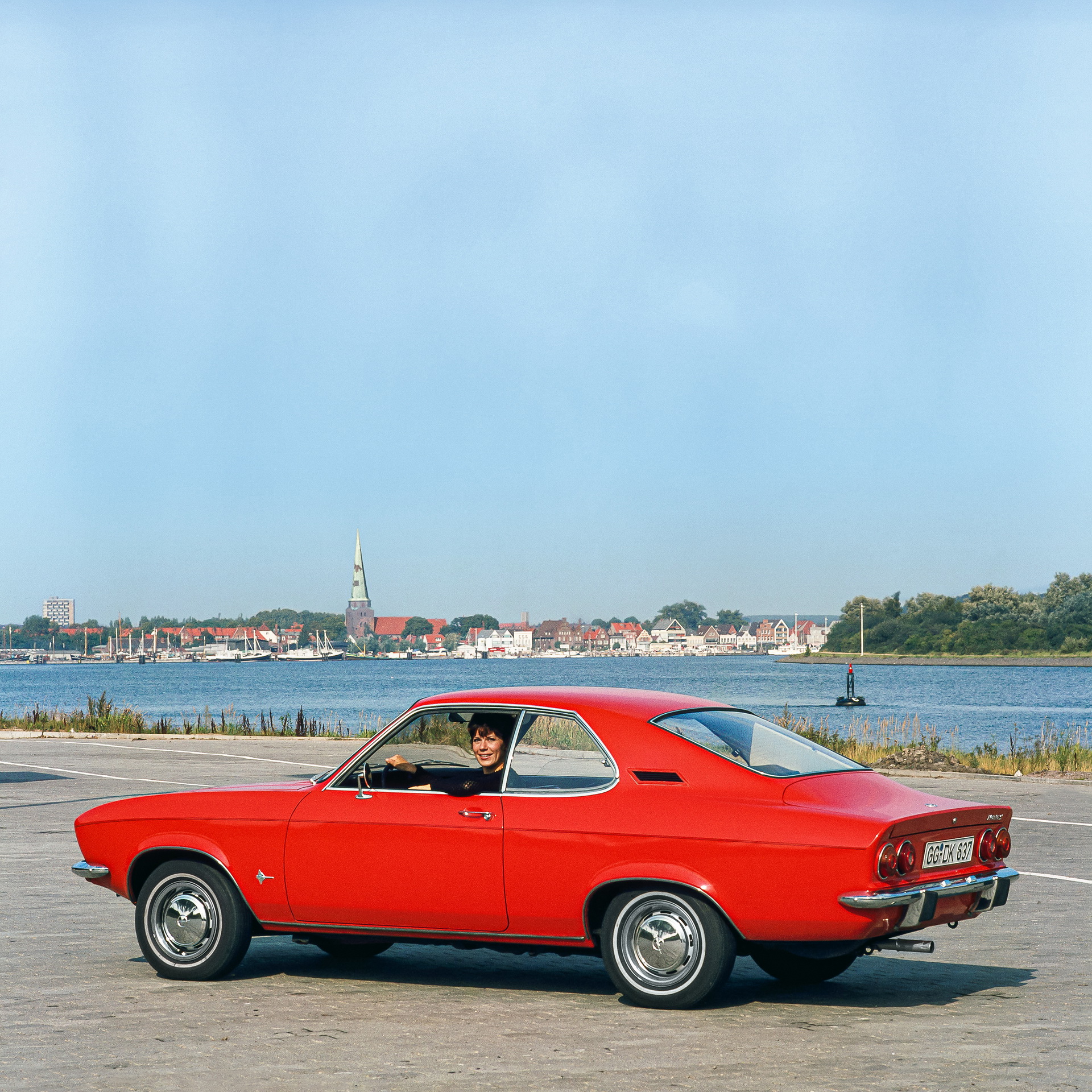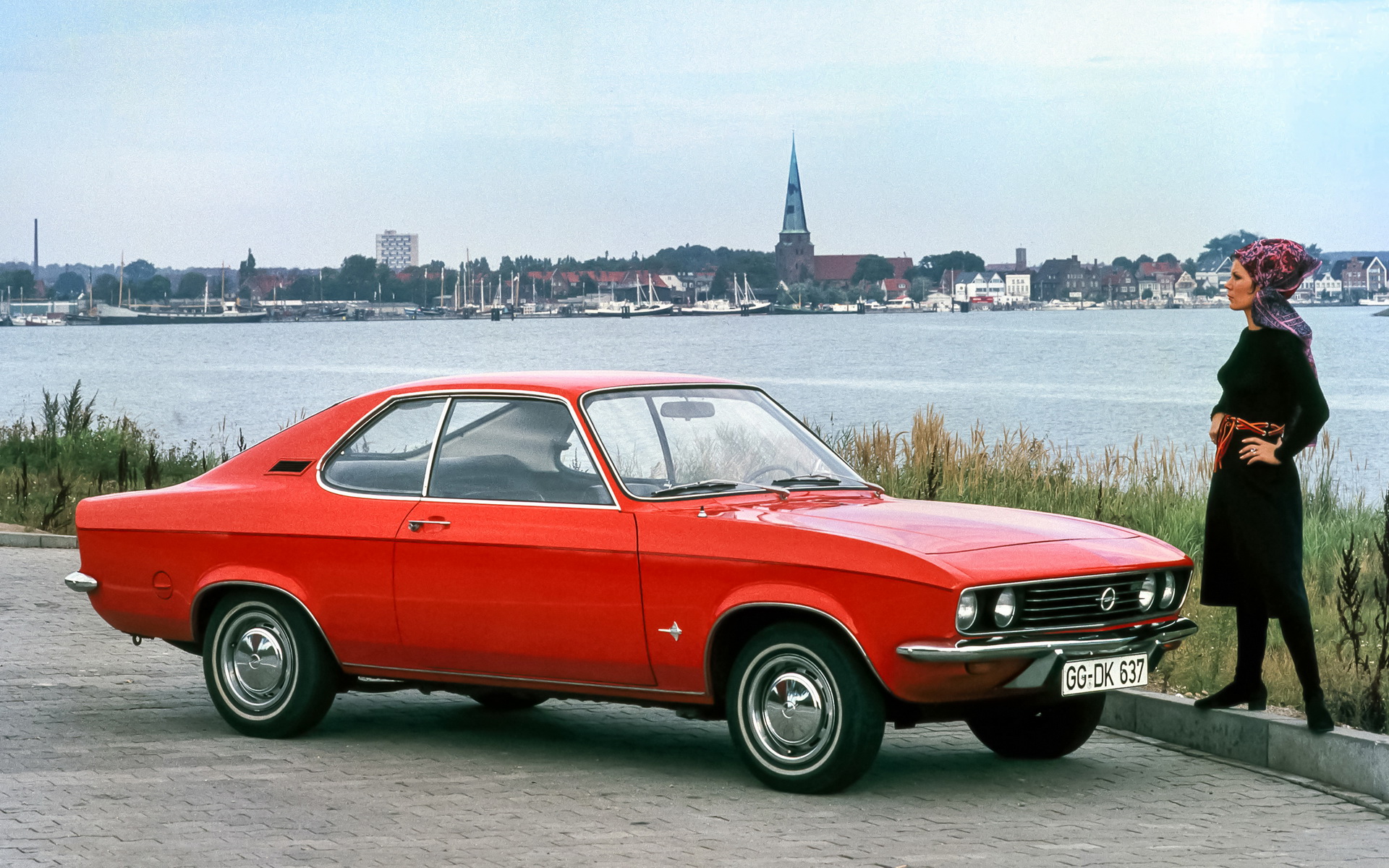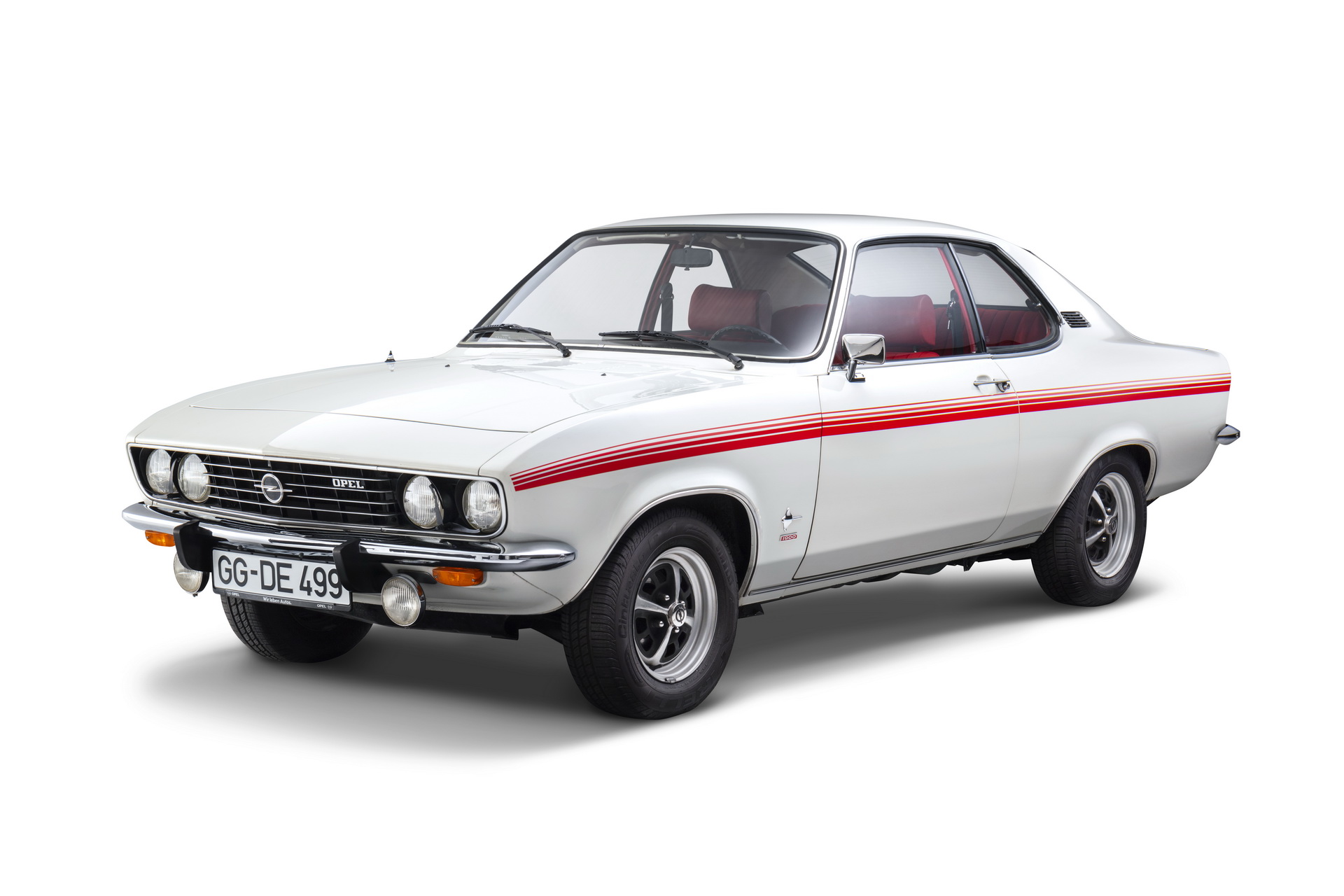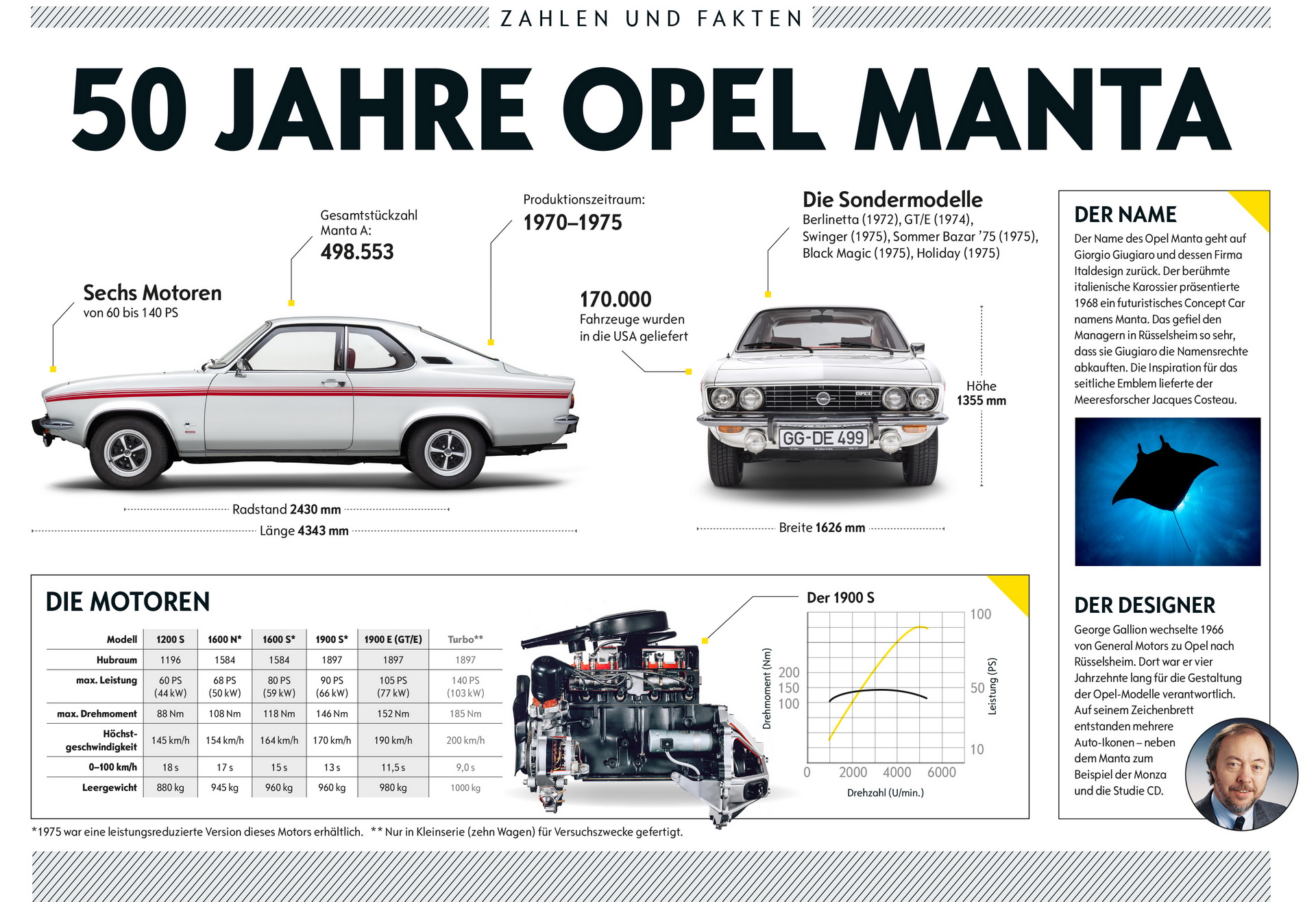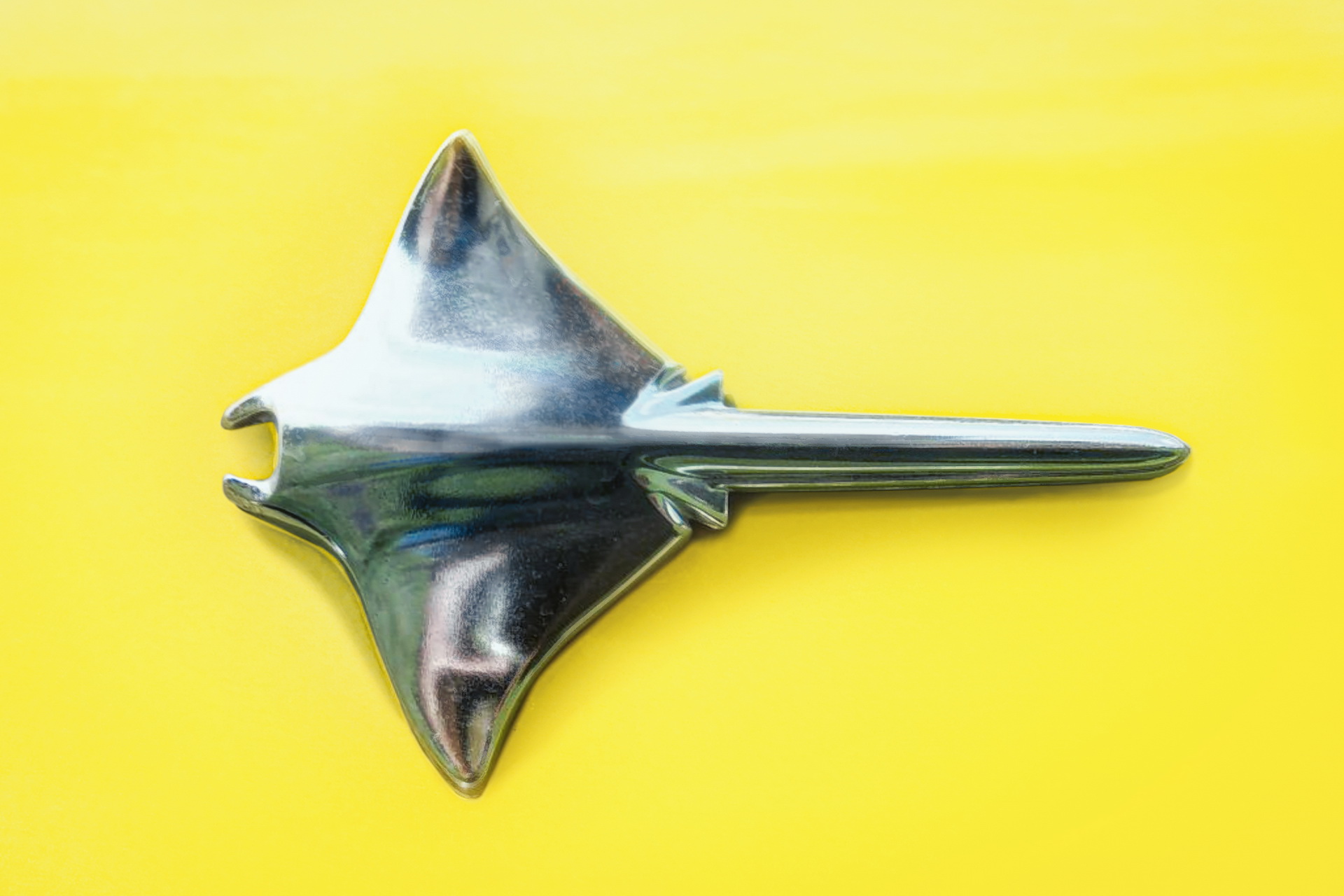Back in the day when Opel was not chasing after the crossover and SUV segments, its lineup included a rear-wheel drive two-door coupe, the Manta, which is turning 50 this year.
Named after the manta ray after the designer met with the one and only Jacques Cousteau, the late explorer, conservationist, researcher, scientist and filmmaker, and spent some time in his presence out at sea, the Manta was launched in 1970.
“We chose the Manta name. At that time, animal names matched the ‘zeitgeist’. The Ford Mustang and Corvette Stingray were very successful in the United States. The European Manta was such a pony car”, said Opel’s ex-chief designer, George Gallion.
Read Also: A Brief History Of Opel’s Compact Station Wagons
Offered as a two-door coupe and three-door hatchback, the first-gen Manta shared the underbody and engines with the Ascona family car. The early models rolled out with a 68 HP 1.6-liter four-cylinder unit, and the lineup was eventually expanded to include the Manta S, with 80 HP, and the 1.9-liter four-pot, sourced from the Rekord, which produced 90 HP.
Two years after production started, Opel introduced a more luxurious variant, dubbed the Manta Berlinetta. It came with halogen headlights, heated rear window, sports steering wheel and vinyl roof. Several special editions followed, including the Holiday, Plus, Swinger and Summer Bazar, topped by the GT/E that was launched in 1974 with a 105 HP 1.9-liter fuel-injected engine. The Manta A was sent off by the Black Magic special edition, which came out in April 1975, with black paint and red and orange stripes.
The Manta legend continued with the second generation, which was based on the latest Ascona and influenced by the Chevrolet Monza. Fourteen versions of the car were launched until production ended in 1988, including the GSi and 400, and it was offered with engine displacements ranging between 1.2 and 2.4 liters, rated at 55-144 HP.
With over a million units made, the Manta was a success for Opel and was eventually replaced by the Calibra.



